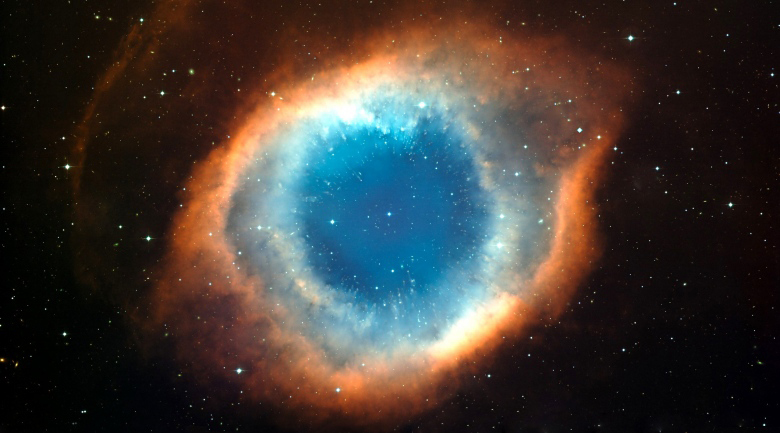
The biggest space telescope of all time has finally gotten off the ground. James Webb Space Telescope has been in development since the 90s, and it is an incredible and costly work of engineering.
About 30 minutes after launching from the Guiana Space Center on the Ariane 5 rocket, JWST detached and mission control successfully deployed its five solar panels, which power its instruments and communications systems.
Mission control will soon start unfolding JWST’s sunshield and other components that were locked down or tucked away for safekeeping during the launch.
Several weeks later, when the sunshield has helped to cool JWST down, the telescope’s flight software will turn on and guide it into its final orbit nearly 1 million miles away from Earth.
The telescope will hover in a gravitationally stable spot known as Sun-Earth Lagrange Point 2, which will allow it to stay aligned with Earth as the planet orbits around the sun.
Because JWST is primarily designed to observe infrared light, it’s crucial to keep it protected from any heat or light that could drown out the faint signals of distant stars and planets.
With the sunshield deployed, it should only reach a maximum of 185 degrees Fahrenheit on the side exposed to solar rays; the opposite side, where the telescope’s mirrors, detectors, and other delicate instruments live, will remain at a cool -388 degrees Fahrenheit.
The intriguing gravitational properties of the Lagrange Point ensure that JWST won’t flip around and fry its sensors while the solar panels and computers freeze. JWST should be ready to begin its primary scientific mission in roughly six months.
The $10 billion telescope is intended to last at least five years once its mission begins, and carries enough propellant to operate for a decade.
NASA has said that refuelling the telescope or servicing it should it need repairs would be too costly and complex, given its distance from Earth, but given possible advances in space technology and robotic over the next 10 years, perhaps there is a possibility that can be accomplished one day.
As of now we wait for the telescope to finish its full deployment so that its scientific mission can begin.
